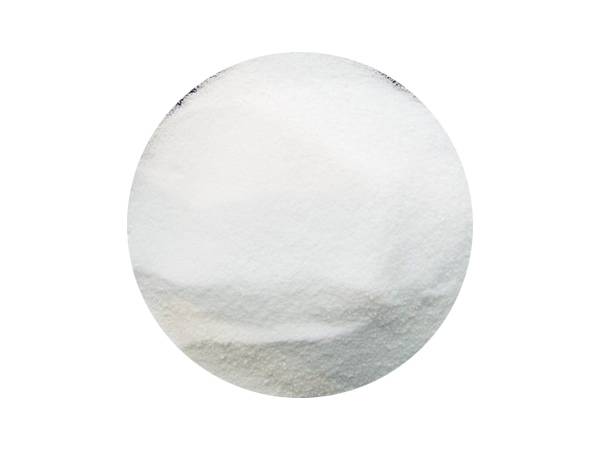



formula of sodium bisulphate
The Chemistry and Applications of Sodium Bisulphate
Sodium bisulphate, with the chemical formula NaHSO₄, is an important compound in both industrial and laboratory settings. It is a sodium salt of bisulfate and commonly exists as a white crystalline powder. This compound is produced by the neutralization of sulfuric acid (H₂SO₄) with sodium bicarbonate (NaHCO₃) or sodium carbonate (Na₂CO₃). Sodium bisulphate plays a vital role in various applications, ranging from its use in pH regulation to its role in chemical manufacturing processes.
Chemical Properties
Sodium bisulphate is a moderately strong acid, with a pKa value of approximately 1.9. This property makes it effective for lowering pH levels in various solutions. When dissolved in water, it dissociates into sodium ions (Na⁺) and bisulfate ions (HSO₄⁻). The bisulfate ion can further dissociate into sulfate ions (SO₄²⁻) and protons (H⁺), establishing its acidic nature. This attribute is particularly useful in a range of applications where pH control is crucial.
Applications in Industry
One of the primary applications of sodium bisulphate is in the regulation of pH in swimming pools. It is commonly used to lower the pH of pool water to ensure comfortable conditions for swimmers and to prevent damage to pool surfaces and equipment caused by overly alkaline water. Maintaining the correct pH level is essential for proper chlorine effectiveness, which is vital for keeping the pool water sanitary.
The Chemistry and Applications of Sodium Bisulphate
Moreover, sodium bisulphate is extensively used in the chemical industry. It acts as a dehydrating agent in the synthesis of various chemicals, including dyes, drugs, and agricultural products. In organic synthesis, it is employed as a catalyst or reagent in several reactions, aiding in the manufacture of complex organic compounds.
formula of sodium bisulphate

Laboratory Use
In laboratories, sodium bisulphate is frequently used for pH adjustment in solutions. Its capability to provide an acidic environment makes it an invaluable reagent in various chemical analyses and experiments. For instance, it can be used in titrations where a precise acidic medium is required. Additionally, it is helpful in the preparation of buffer solutions, essential for maintaining stable pH conditions during biochemical experiments.
Sodium bisulphate can also be used for the desulfurization of waste gases in industrial processes. By reacting with sulfur compounds, it helps reduce the emission of harmful gases, aligning with modern environmental standards and regulations.
Safety and Handling
While sodium bisulphate is generally considered safe when used appropriately, it is essential to handle it with care. The compound can cause irritation to the skin, eyes, and respiratory system upon contact or inhalation. Therefore, appropriate personal protective equipment (PPE), such as gloves and goggles, should be worn during handling. Furthermore, it should be stored in a cool, dry place, away from incompatible substances such as strong bases.
Conclusion
Sodium bisulphate (NaHSO₄) is a versatile compound with a wide range of applications across various fields. From its role in swimming pool maintenance to its use in food preservation and chemical synthesis, its significance cannot be understated. Understanding the properties and applications of sodium bisulphate highlights its importance in both industrial and laboratory settings, showcasing the essential role it plays in our daily lives and various technological processes. As industries continue to evolve, the demand for compounds like sodium bisulphate is likely to persist, signifying its enduring significance in the chemical landscape.
-
Why Sodium Persulfate Is Everywhere NowNewsJul.07,2025
-
Why Polyacrylamide Is in High DemandNewsJul.07,2025
-
Understanding Paint Chemicals and Their ApplicationsNewsJul.07,2025
-
Smart Use Of Mining ChemicalsNewsJul.07,2025
-
Practical Uses of Potassium MonopersulfateNewsJul.07,2025
-
Agrochemicals In Real FarmingNewsJul.07,2025
-
Sodium Chlorite Hot UsesNewsJul.01,2025










